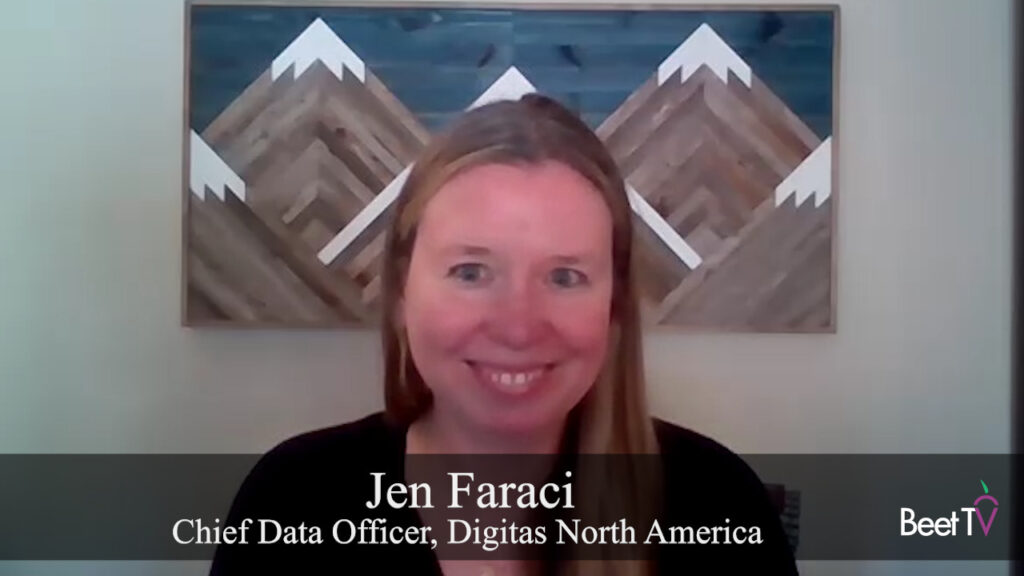Welcome to #BeetU – our weekly educational series for advertising and media during the COVID-19 crisis, hosted by Ashley Swartz, CEO of Furious Corp, longtime Beet contributor and the Dean of #BeetU.
Using Furious’s comprehensive and interactive dictionary, TV101, as our guide, these sessions will unpack the terminology of advanced TV, serving as an introduction for some and a refresher for others.
So, whether a newcomer or a titan, we invite you to join us for this educational series during this reset – live-streamed Wednesdays at 1p ET on Andy’s LinkedIn and Ashley’s Twitter feed.
Session 1: A Brief History of Broadcast and Cable TV
National broadcasters and cable networks distribute their programming via satellite, but when we say “satellite provider” in the context of TV today, we are referring to the satellite distributors of TV that compete with cable operators.
The first direct broadcast service via satellite in the U.S. launched in 1991 and was called Primestar. Satellite providers are unique because they’re not limited to a geographical footprint like cable operators are. That’s because there’s no “final mile” they need to install (i.e., the bit of cable that has to run into a house to power a cable service). As a result, satellite providers are nationwide, which is important from an advertising perspective.
In a different vein, once “rabbit ears” (the colloquialism for antenna) began to be replaced by set-top boxes in mass, retransmission fees became an increasingly significant share of revenue for local broadcast. These are the fees distributors pay to local broadcast stations to “retransmit” their over-the-air signals as channels to subscribers.
As a result of the increasing number of set-top boxes in people’s homes, more cable stations were created. This spike in programming led to more viewing and more inventory. National broadcasters wound up launching more and more cable networks to ensure they could capture as broad of an audience as possible. Their other motivation was to collect carriage fees from cable and satellite distributors in return for distribution of their network portfolio.
In any satellite or cable distribution agreement, the distributor (e.g., Comcast, Dish, etc.) is given two minutes or four :30-second spots to sell within each hour of programming. While this might seem like a negligible amount of inventory, operators and satellite providers still have very substantial TV advertising businesses.
Access this dictionary section here or click here to view the full library of TV 101 content.
CEO & Founder, Furious Corp.
Weekly Schedule:*
Session 1:
“TV: Broadcast and Cable”: An overview and history
April 8, 2020
Session 2:
Commercial Models for TV & Video; Ad Load; Rise of Digital Video; Video Advertising Products; Data Driven TV Products
April 15, 2020
Session 3:
Ad Targeting; Ad Tech Stack; Currencies of Measurement & Sale; Digital Standards
April 22, 2020
Session 4:
Traditional TV Systems & Workflows; Jobs, Roles & Functions in TV Buying & Selling; Future of TV Advertising
April 29. 2020
Session 5:
Economics of TV: the role inventory management pricing play in portfolio optimization for sellers
May 6, 2020
(*subject to change)




































